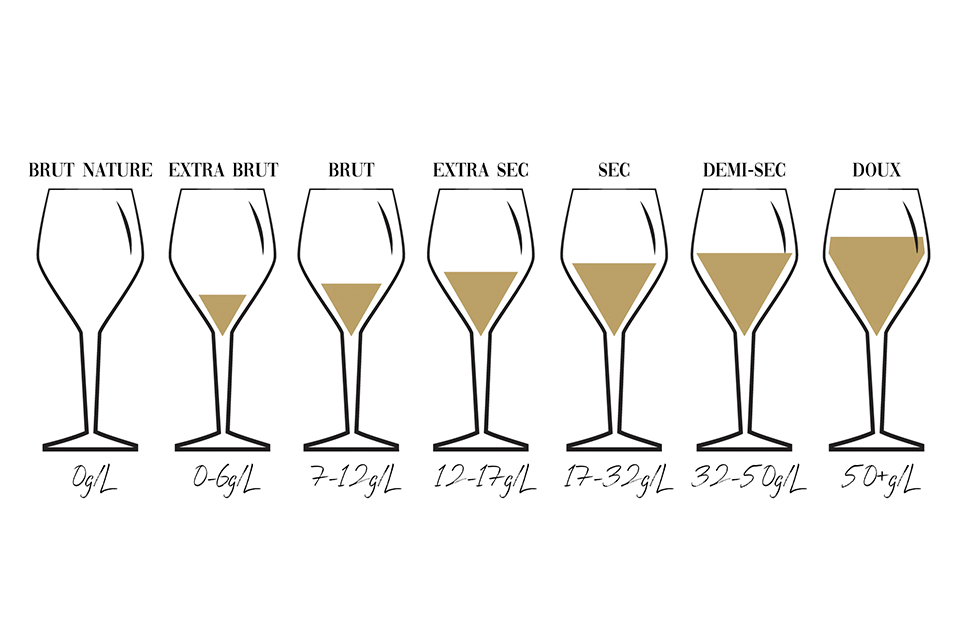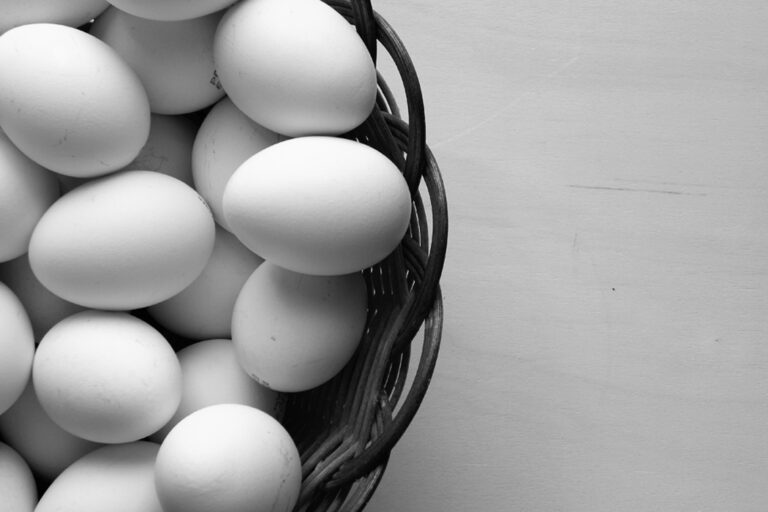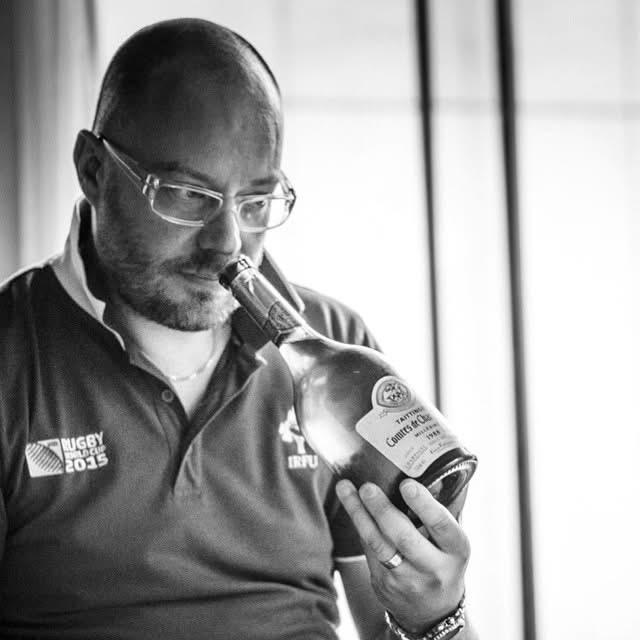Champagne, a sparkling wine from the Champagne region of France, is often associated with celebrations and elegance. However, its sweetness, indicated by terms such as Brut, Extra Dry, and Demi-Sec, can sometimes be a source of confusion. [read the full champagne story]
Estimated reading time: 4 minutes

Regardless of the perception that Champagne is a luxury beverage devoid of sweetness, the truth is that it does contain sugar. The amount of sugar in Champagne can vary significantly, influencing not only its taste but also its categorization.
The sugar in Champagne is residual from the dosage added after the second fermentation, which occurs in the bottle. This dosage, a mixture of wine and sugar, is essential for adjusting the sweetness of the final product. The level of sweetness in your glass of Champagne can range from the ultra-brut, with nearly no sugar at all, to the richly sweet doux variety. It is important for you to understand that the presence of sugar in your Champagne doesn’t necessarily imply it will taste sweet, as the high acidity of the wine can balance the sweetness to create a harmonious flavor profile.
Understanding Champagne
Champagne is a celebrated sparkling wine known for its quality and distinctiveness, originating from its namesake region in France. Your appreciation for this iconic drink will deepen as you explore its intricacies and learn what sets it apart from other sparkling wines.
Champagne Vs. Sparkling Wine
Champagne denotes a sparkling wine that is produced within the Champagne region of France, following strict regulations. Sparkling wines from elsewhere can be exceptional but are not permitted to label themselves as Champagne.
The Grapes of Champagne
Typically, three grapes are used:
- Chardonnay – contributes to finesse and acidity
- Pinot Noir – adds body and aroma
- Pinot Meunier – imparts fruitiness and freshness
Winemaking Process
The Traditional Method or Méthode Champenoise involves a primary fermentation and then a secondary fermentation in the bottle that generates the characteristic bubbles or carbonation. Key steps include:
- Riddling – Gradually tilting the bottle to collect yeast sediments
- Disgorgement – Removing the sediments
- Corking – Sealing the bottle to preserve the effervescence
Champagne Styles and Sweetness Levels
Champagne sweetness levels are defined by the dosage, a small amount of wine and sugar added after disgorgement. Styles include:
- Brut Nature / Dosage Zéro / Pas Dosé – No sugar added
- Extra Brut – Very low sugar content
- Brut – Dry, with little residual sugar
- Extra Dry – Middle ground, slightly sweeter
- Sec – Noticeably sweet
- Demi-Sec – Sweet
- Doux – Very sweet
Champagne Labels and What They Mean
Labels provide key information:
- Non-Vintage (NV) – Blend of grapes from different years
- Vintage – Made from grapes of a single year’s harvest
- Labels may also denote the dominant grape, such as “Blanc de Blancs” (primarily Chardonnay) or “Blanc de Noirs” (primarily Pinot Noir).
History and Tradition of Champagne
The Champagne region has a heritage of winemaking dating back to the Romans. Its recognition surged in the 17th century when the winemaking process capable of producing sparkling wine was perfected.
Health and Consumption
In moderation, Champagne, like other wines, contains alcohol and calories primarily from its sugar content and carbohydrate levels. Alternating a glass of water with a glass of Champagne can help moderate consumption.
Frequently Asked Questions
When exploring the sugar content in Champagne, it’s crucial to understand the variations found in different types of this sparkling wine.
How much sugar is typically present in a bottle of Champagne?
A typical bottle of non-vintage Champagne contains between 6 to 12 grams of sugar per liter, though this can vary depending on the sweetness level indicated by terms such as Brut, Extra Brut, or Doux.
Is it possible to find Champagne with no added sugar?
Yes, you can find Champagnes labeled as “Brut Nature” or “Ultra Brut,” which have no added sugar and contain less than 3 grams of sugar per liter from the natural grape sugars remaining after fermentation.
Can you explain the difference in sugar content between Champagne and Prosecco?
Prosecco tends to have a higher sugar content, with levels reaching up to 12-18 grams per liter for a Brut style, contrasting Champagne’s tend to be drier, with sugar levels often below those of Prosecco for the same sweetness designation.
What is the sugar content in a glass of Brut Champagne?
A standard glass of Brut Champagne, which is about 5 ounces or 150 milliliters, typically contains about 1.5 grams of sugar, reflecting its status as a drier style of sparkling wine.
Compared to regular wine, does Champagne have a higher sugar content?
Champagne does not necessarily have a higher sugar content than regular still wines; both can vary widely, with some dry table wines containing less sugar than even the driest Champagnes and vice versa.
Which type of Champagne contains the lowest amount of sugar?
The Champagne with the lowest sugar content is the Brut Nature, which has less than 3 grams per liter, often having no residual sugar after the fermentation process is complete.





